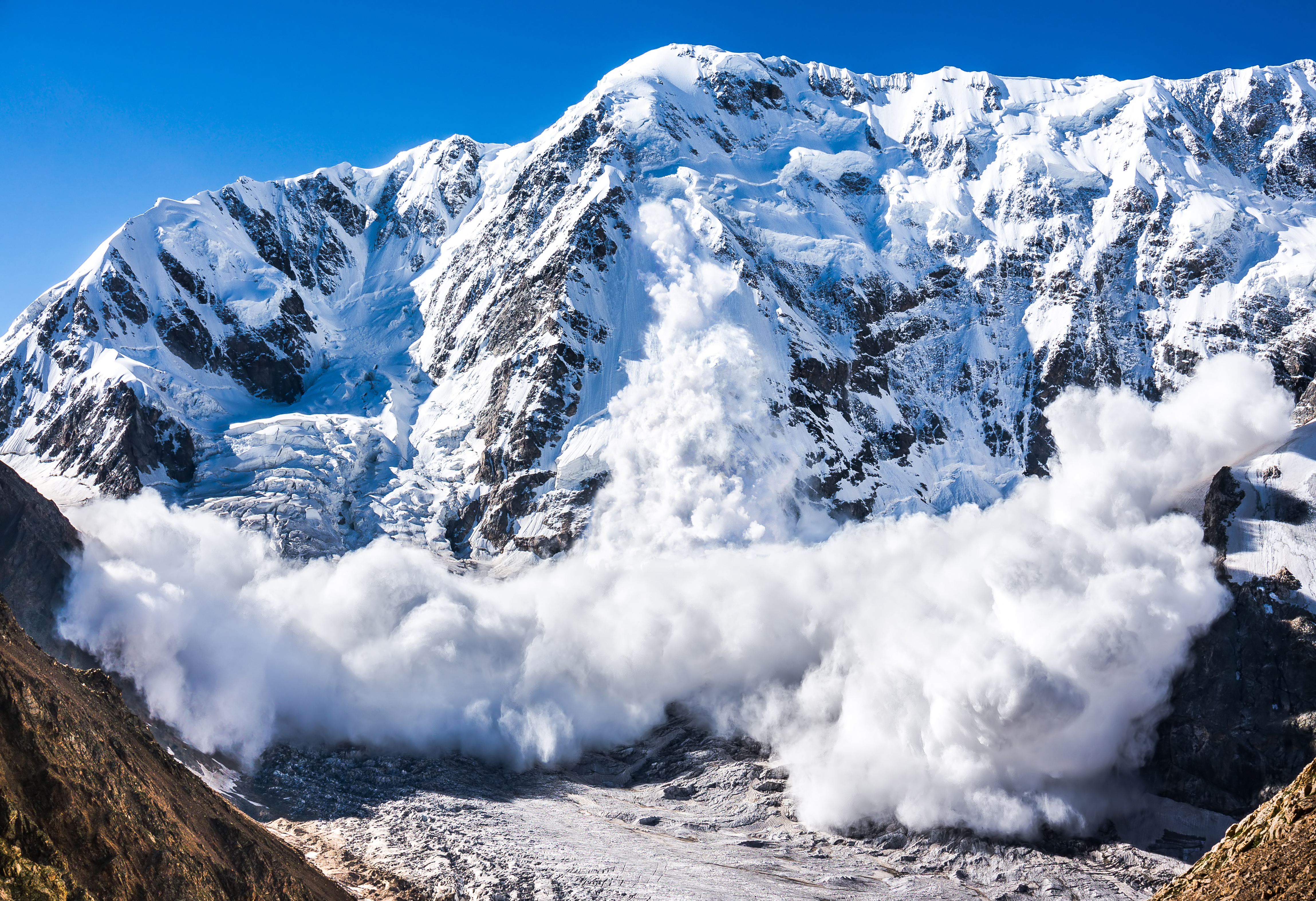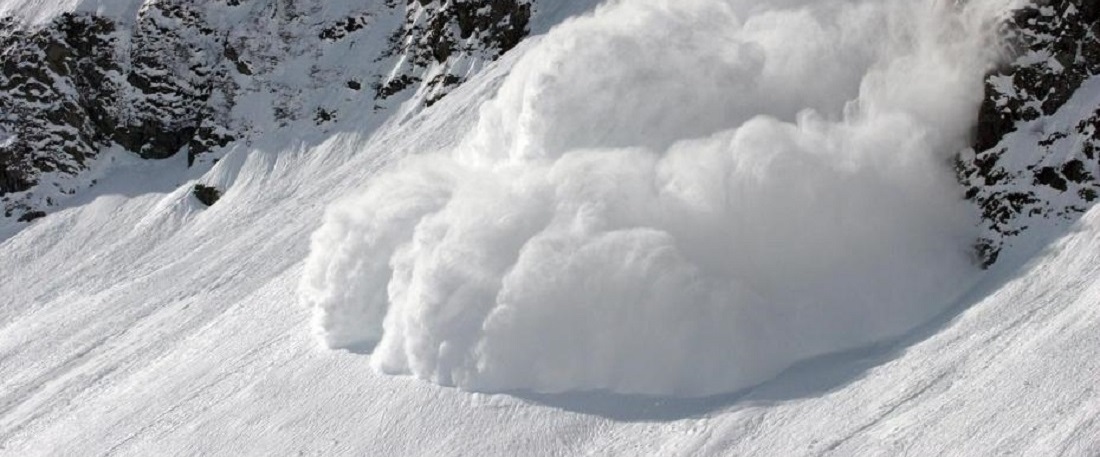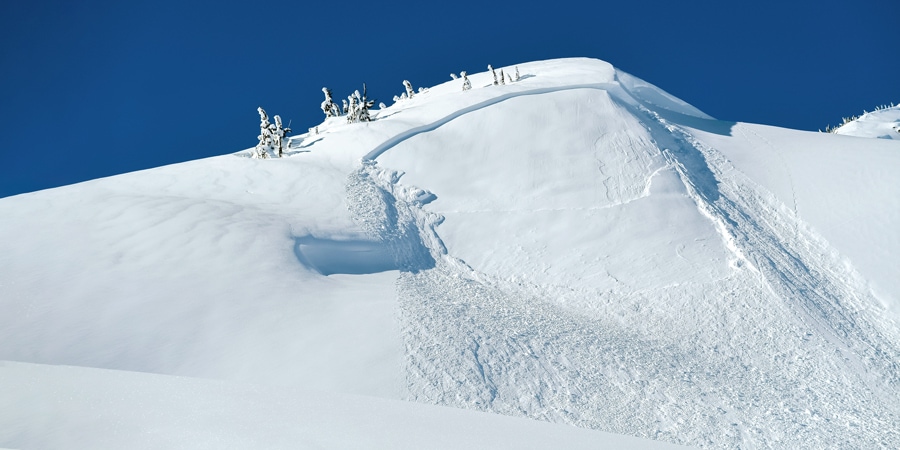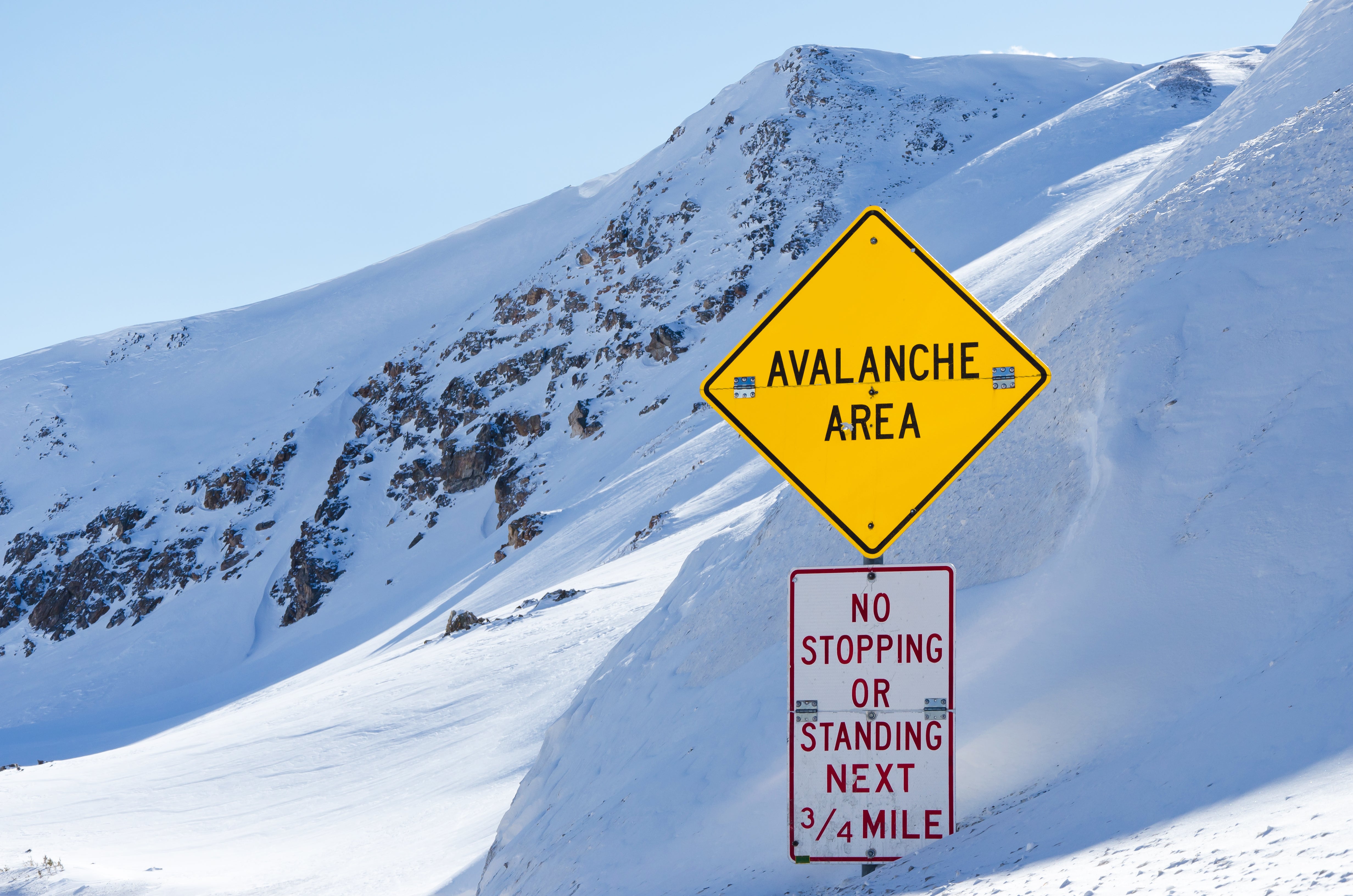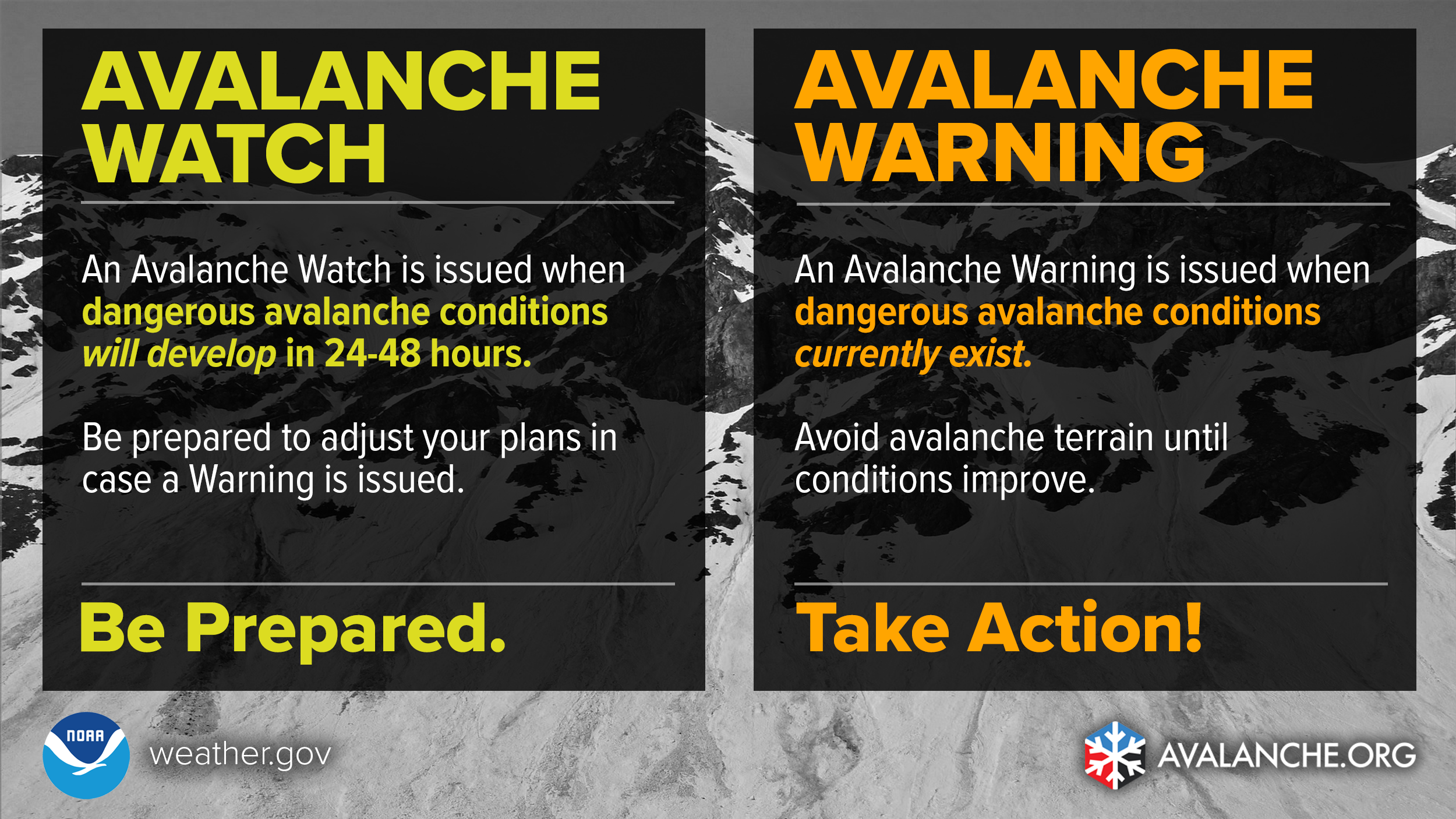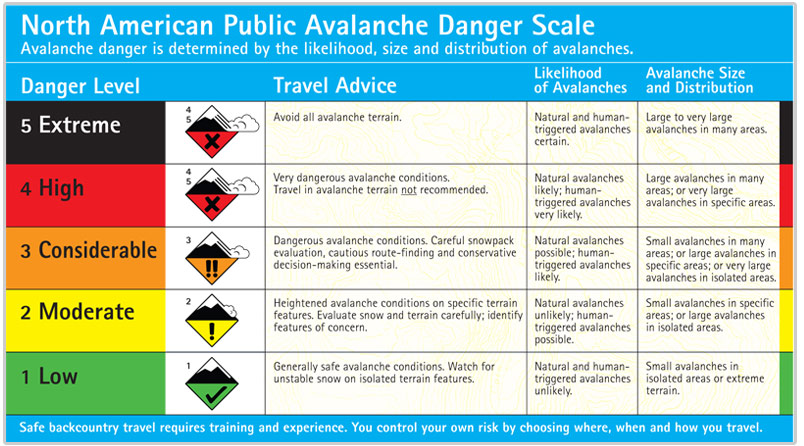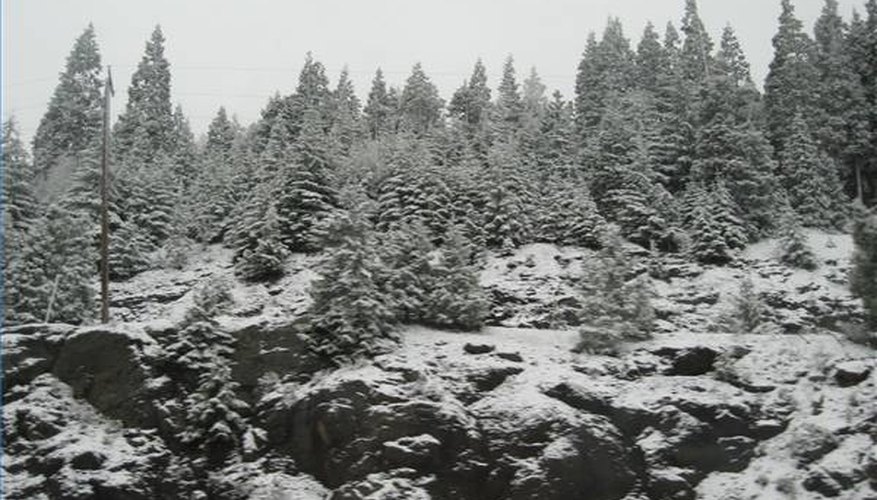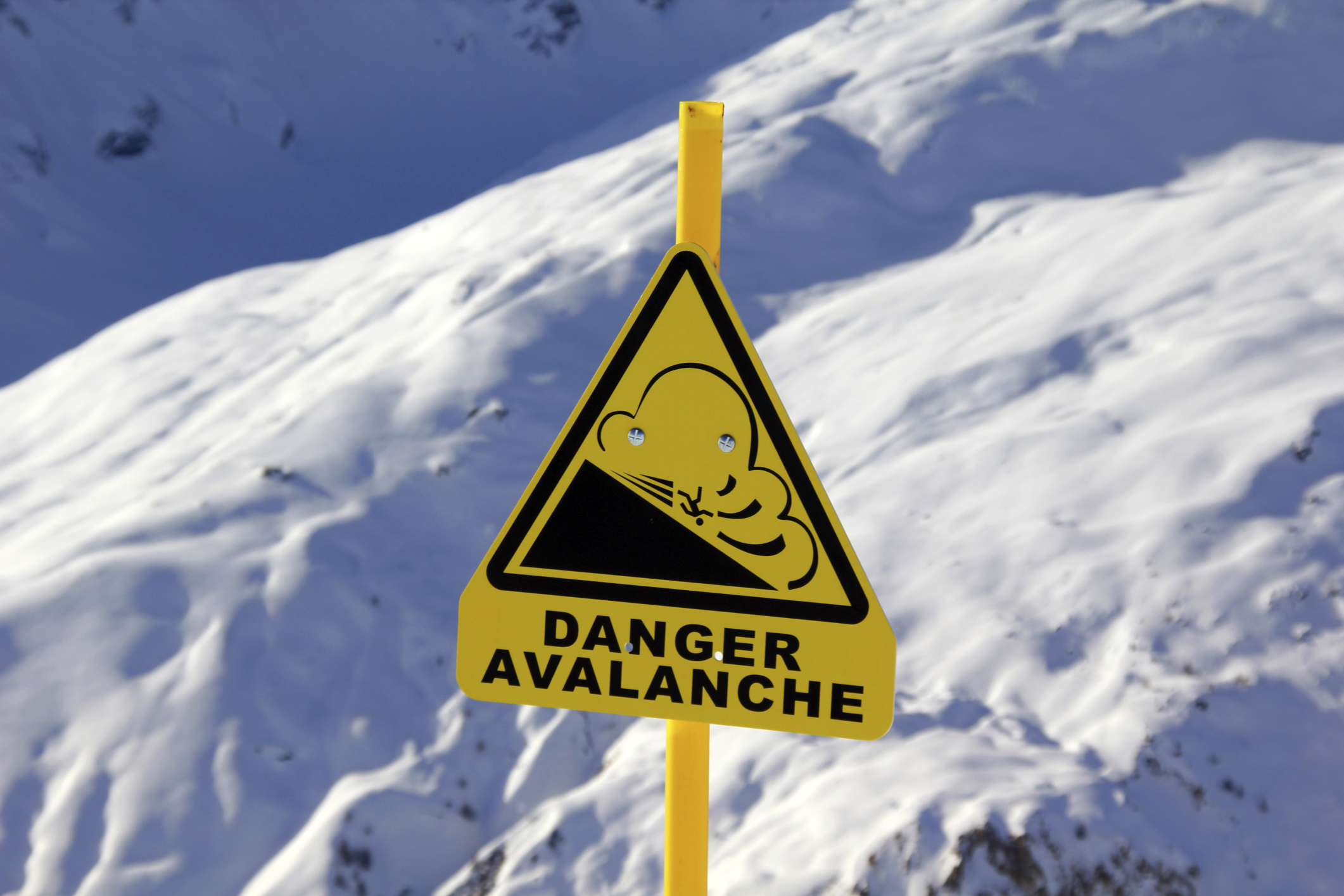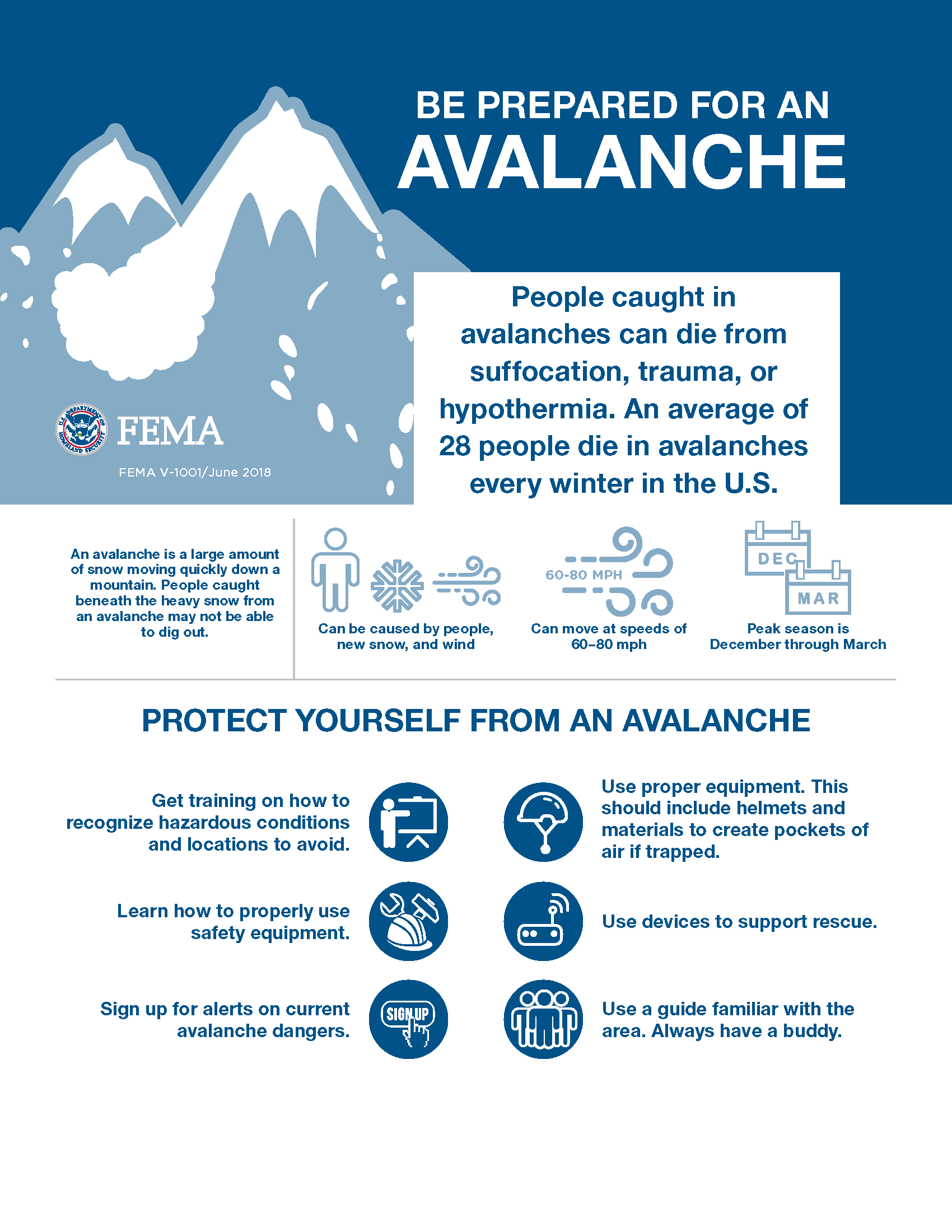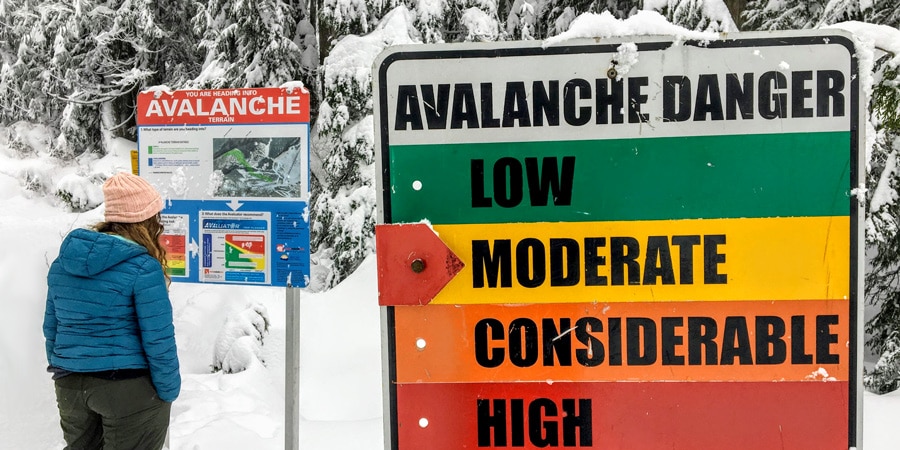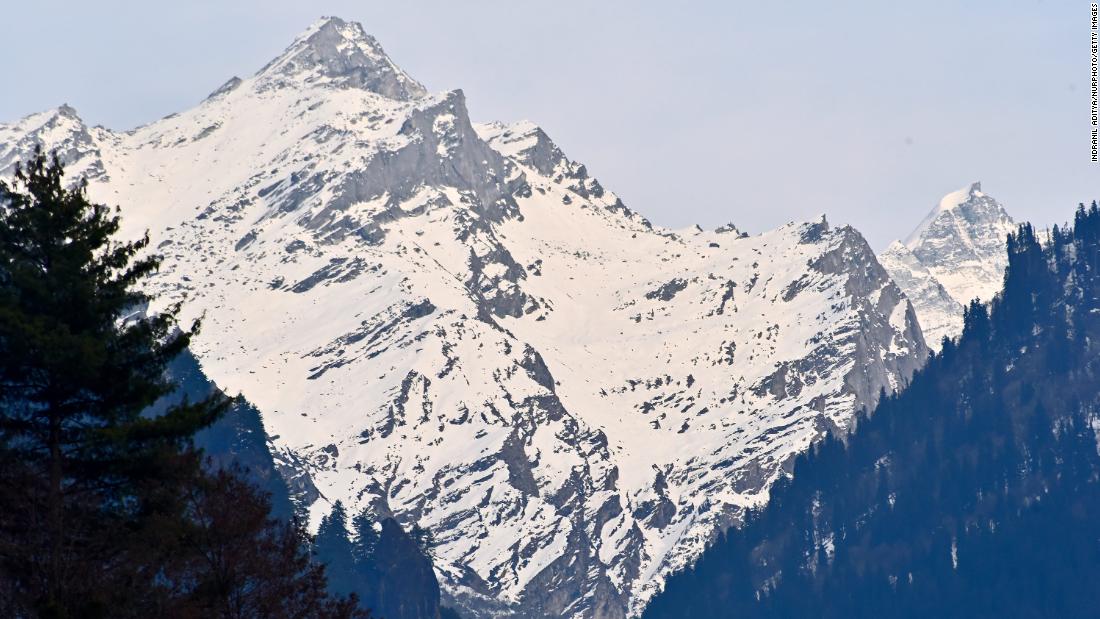Build A Info About How To Avoid Avalanches

Avoid slopes with pitches greater than 25 degrees.
How to avoid avalanches. Use satellite layers to identify known avalanches paths that you may want to avoid on your tour. Most avalanches in chutes and open faces are caused by wind loading. Visit avalanche.org to find an avalanche education course.
Stay to the windward side of ridges: If smart you can work the wind to your benefit but if not cautious you could find yourself in a massive. Stay to the windward side of ridges:
A layer of snow or a. You should always debrief even the best trip to discuss what could be improved. Start with the free avalanche awareness and education series “know before you go.”
While avalanches can happen in a wide variety of terrain, satellite maps often. Rapidly rising temperatures or extreme wind can also aid in an unstable snowpack. Using maps is a supplement to education, not a replacement.
According to avalanche.org, if you get completely buried your chance of survival is only 30%. Most avalanches occur at the time of or shortly after a heavy snowfall. Avalanche prevention on high at risk areas that are frequented often by people can be done with snow fences or tree planting at lower elevations.
Practice sufficiently with your beacon, shovel, and probe before you head into the field. Point your feet down hill, dig in, swim and fight to stay on the surface. How to prevent an avalanche?
Scotland sees more snowfall than the rest of. Most of the time, an avalanche will occur after a heavy snowfall. This method of blocking disrupts the long.
Stay on the windward side of gently sloping ridges.
